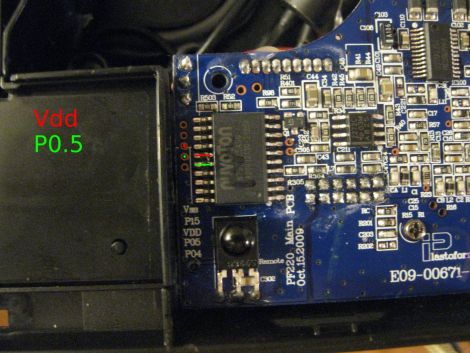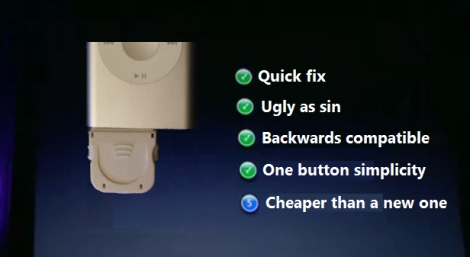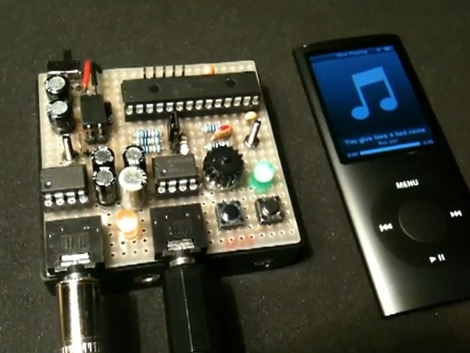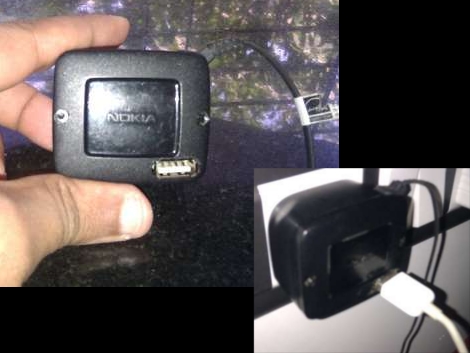Tripod CNC Machining Setup:

Here’s a strange “tripod” device using the EMC software package generally used for CNC machining. In this case it looks like something that (when scaled up) might control a sky-cam-like device that one would see at football games.
The Off-Grid Container House:

Project to make an off-grid container house. Pretty crazy idea, but definitely not developed yet. This seems like a cool idea, so hopefully this guy will come through. It may give you some other ideas, so check it out. Pizza in a cup anyone?
Iphone Window Pocket

Iphone window pocket – This Instructables article shows how to make a “window” in your pants for your Ipod. The combination of bad style and nerdiness gives a great first impression every time. Not sure how it works with the capacitive touch screen, but it should be good for viewing at least.
The Multiple AC Unit Experiment

Here’s someone who’s done some experimenting with using a central AC unit with several window units. Not bad, considering he documents shaving about 1/3 off his power bill. Maybe it could inspire something even better!
Incredible CNC “hexapod” Milling Center

Finally, this machine isn’t exactly a “hack”, but a professionally designed machining center. It uses a machining setup similar to a delta robot. Six linear actuators are coordinated to allow this CNC robot to move in five degrees of freedom with incredible speed.

















